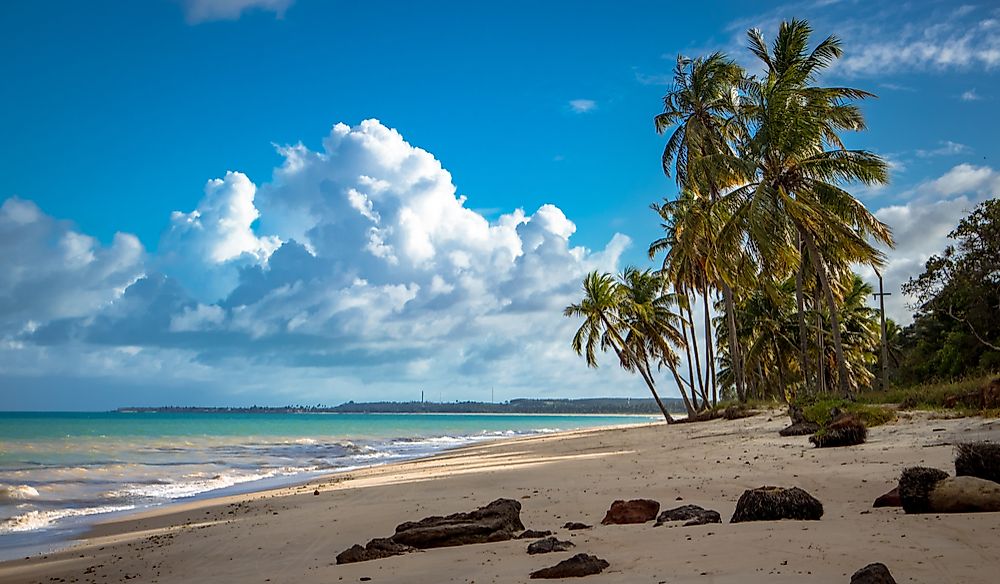What Are The Tropics?

The tropics refer to the region of the planet adjacent to the equator but delimited to the north by the Tropic of Cancer and to the south by the Tropic of Capricorn. This region is also known as the torrid zone or the tropical zone and includes the areas of the planet that experience the sun directly overhead at least once during the solar year. The tropics cover 40% of the surface of the Earth and account for 36% of the planet's landmass including much of the Caribbean, Central and South America, Africa, and Oceania. It is inhabited by 40% of the global population which is set to rise to 50% by the late 2030s.
Climate and Seasons of the Tropics
The tropical region is characterized by the tropical climate that remains warm and moist throughout the year with a sense of lush vegetation. Most areas around the tropics experience the wet and dry seasons. The region receives heavy rainfall during the wet season for at least a month but the dry season lasts for an extended period. The exception to this cycle are the tropical rain forests that receive equally distributed precipitation throughout the year. During the wet season, the tropics turn green due to natural vegetation or crops planted by farmers. The quality of air improves, and freshwater becomes easily accessible. However, not the entire tropical region experiences the tropical climate. The Atacama Desert and Sahara Desert experience hot dry climate throughout the year while Tanzania's Mount Kilimanjaro, Hawaii's Mauna Kea, and the Andes of Argentina and Chile record low temperature throughout the year.
Tropical Ecosystem
Most of the animals and plants of the tropics are native. The ecosystem typically consists of seasonal tropical forests, rainforests, dry deciduous forests, desert vegetation, and spiny forests. Notable ecosystems in the tropics include the Nicaraguan and Costa Rican rainforests, the Amazon rainforest, the dry deciduous forests of Madagascar, and the Waterberg ecosystem of South Africa. The biogeography of the tropics are divided into the Neotropics (Central America, Caribbean, and South America) and Paleotropics (Australia, Africa, and Asia).
Tropicality
Tropicality is the geographic imagery of the tropics as imagined by those living outside the region. It encompasses two contradicting imageries; one is that the tropical region is a lush and splendid place with thriving biodiversity while the other views the area as primitive and lawless. Scholars theorize that the primitive view was popularized by the belief that countries in the Northern Hemisphere are more developed than those in the Southern Hemisphere or on the equator, but this view is changing over time as people get to visit and understand the region.











